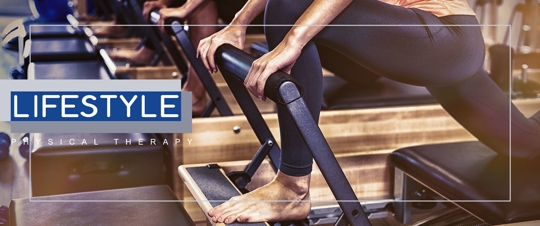Physical therapy is often associated with recovery, helping people regain mobility after surgery or an injury. But in the workplace, PT is increasingly being recognized for its proactive value.
What Does Preventive Physical Therapy Look Like?
Preventive PT starts with movement assessments. Physical therapists evaluate how employees perform daily tasks—from lifting boxes to typing at a desk—to identify improper movement patterns or muscle imbalances. These subtle dysfunctions can, over time, lead to serious injuries.
For example, a worker with weak glutes may compensate with their lower back when lifting, leading to chronic back pain. Our physical therapists at Lifestyle Physical Therapy can spot this imbalance early and prescribe strengthening exercises to correct it, preventing injury before it starts.
Key Components of Preventive Physical Therapy:
- Ergonomic Evaluations
PTs assess workstations and recommend adjustments—monitor height, chair support, foot positioning—to reduce strain and support good posture. - Postural Training
Many injuries stem from prolonged poor posture, especially in desk jobs. PTs teach proper alignment and body mechanics for sitting, standing, and movement. - Functional Movement Screening
These tests detect instability, weakness, or poor coordination that could make an employee prone to injury. - Stretching and Strengthening Programs
Custom routines address specific muscle groups most at risk in a given job role. - Education and Training
PTs provide group workshops or one-on-one coaching to teach safe lifting, repetitive motion techniques, or micro-break routines.
Why PTs Are Uniquely Qualified
Unlike general wellness coaches or fitness instructors, physical therapists are licensed medical professionals with a deep understanding of anatomy, biomechanics, and pathology. They are trained not just to treat pain but to understand its origin—and how to prevent it.
At Lifestyle Physical Therapy, our trained specialists’ insight allows them to craft interventions that are not only safe and effective but also customized to the job and individual. They bridge the gap between physical wellness and occupational performance.

